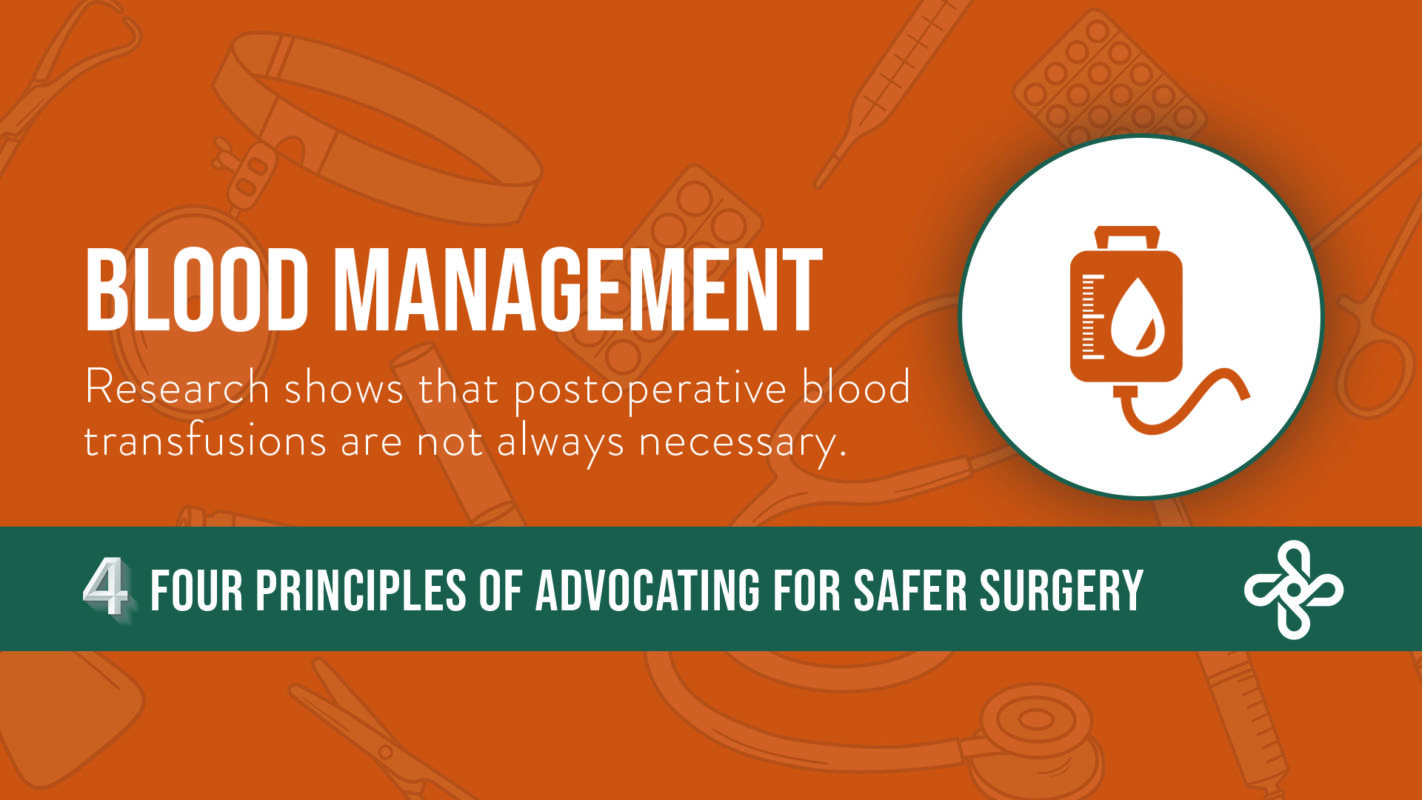
Parts of the United States are experiencing record-breaking heat this summer, and yet, icebergs are everywhere! Icebergs—the classic metaphor for situations wherein most of the substance (and risk) hide below the surface—have been used to discuss topics as varied as psychology, homelessness, big data, influence, safety, Hemingway, and school performance. Risks hidden below the surface are prevalent in healthcare, too.
When hospital teams assess their clinical outcomes, some factors are clear and measurable. These parts of the iceberg are above the surface, and hospitals increasingly are held accountable for them. Was the procedure successful within clinical parameters? What was the patient’s out-of-pocket cost? Was the patient readmitted?
 Other outcomes, or factors that affect outcomes, are lurking within the complexity of hospital operations but are demonstrably significant in the future health of the patient. How has the treatment and recovery process affected the patient’s ongoing quality of life? Did the patient’s experience with the hospital motivate the patient to make positive changes? How were the patient’s relationships influenced by his or her experience?
Other outcomes, or factors that affect outcomes, are lurking within the complexity of hospital operations but are demonstrably significant in the future health of the patient. How has the treatment and recovery process affected the patient’s ongoing quality of life? Did the patient’s experience with the hospital motivate the patient to make positive changes? How were the patient’s relationships influenced by his or her experience?
Look at the tip of financial outcomes and we see of all the above-the-surface aspects of patient outcomes as well as costs to provide services, number of OR cases per day, length of patient stays, payer mix, dollars collected, and more. But, below-the-surface factors also affect overall hospital performance. Perhaps you’ve experienced some of these:
- Understaffed departments, such as nursing or sterile processing, that cause case delays or other inefficiencies in OR turnover
- Inability to quantify your quality
- Lack of a comprehensive approach to patient care, such as hospital-wide blood management
- Declining surgeon satisfaction
- Murky contracts that charge one department for some aspects of a case (e.g., clinical service) and another department for other aspects (e.g., supplies or equipment), thus obscuring the overall cost to the hospital
- Variations in individual employee productivity
- Compliance violations
Consider the cost of blood transfusions. The best research on blood-related costs suggest that actual costs are at least three times the acquisition costs. Mayday! Mayday! Blood acquisition costs are above the surface, but product wastage, administration and monitoring of transfusions, and clinical complications can leave your blood management program under water.
You must understand your icebergs in order to increase measurable quality and streamline costs, especially as value-based healthcare continues to displace the traditional fee-for-service reimbursement model. What icebergs are you navigating today? Take a few minutes to visualize the hidden clinical and financial costs in your organization. If you don’t have the time or resources to do a deep dive yourself, find a trusted partner who can ensure that all is well beneath the surface.
Engage with clinical partners and consultants who can help you understand the depth and breadth of the factors that put clinical and financial outcomes at risk. Partners that can quantify their quality can, in turn, help you quantify your own. If they can’t deliver reliable reporting and key performance indicators, look for partners who can. With good communication and cooperation, you can start crushing those ’bergs into cubes. And that’s very cool indeed!



Comments are closed.